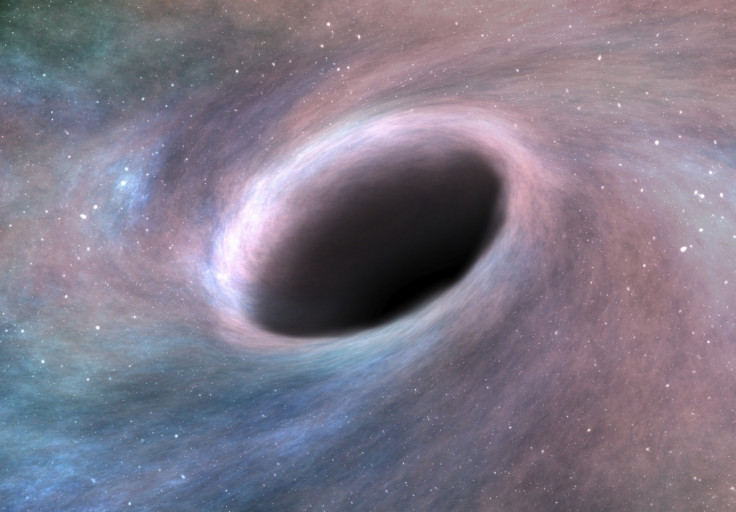Wormholes at centre of black holes could offer passage to other parts of universe
Wormholes in electrically-charged black holes solve the problem of singularity say physicists.

A wormhole at the centre of a black hole could serve as a portal to other parts of the universe through which matter can travel without being destroyed, scientists have said. In a study published in the journal Classical and Quantum Gravity, researchers say the presence of wormholes helps resolve several problems with black holes, including the problem of singularity.
Gonzalo Olmo and colleagues from the University of Valencia and the University of Lisbon sought to analyse black holes using theories other than general relativity. Specifically, they considered the singularity as an imperfection in the geometric structure of space-time.
Black holes are regions in space with such a strong gravitational pull that nothing – not even light – can escape. Traditionally, it is thought the centre of a black hole contains a gravitational singularity. This is a one-dimensional point where matter is crushed to an infinite density and the laws of physics as we know them no longer exist - a problem for scientists studying black holes.
To address the problem, Olmo applied geometric structures like crystal or graphene to black holes. "Just as crystals have imperfections in their microscopic structure, the central region of a black hole can be interpreted as an anomaly in space-time, which requires new geometric elements in order to be able to describe them more precisely," he said. "We explored all possible options, taking inspiration from facts observed in nature."
In the study, they used a model of a simple type of black hole – electrically charged and rotation-less. Their results revealed a black hole with a tiny spherical surface at the centre – something they interpret as a wormhole.
This wormhole would be smaller than an atomic nucleus. However, a larger electricity charge stored in the black hole could increase the size of it. Matter that entered this black hole would be stretched out (spaghettification) vertically until it was extremely long and thin. At this point, it would pass through the wormhole and revert back to its original state on the other side, in another part of the universe. The forces facing this hypothetical traveller would be intense, but not infinite.
"Our theory naturally resolves several problems in the interpretation of electrically-charged black holes", Olmo said. "In the first instance we resolve the problem of the singularity, since there is a door at the centre of the black hole, the wormhole, through which space and time can continue."
It also solves the problem of wormholes only being present where there is matter with unusual properties: "In our theory, the wormhole appears out of ordinary matter and energy, such as an electric field," he said.
© Copyright IBTimes 2025. All rights reserved.






















